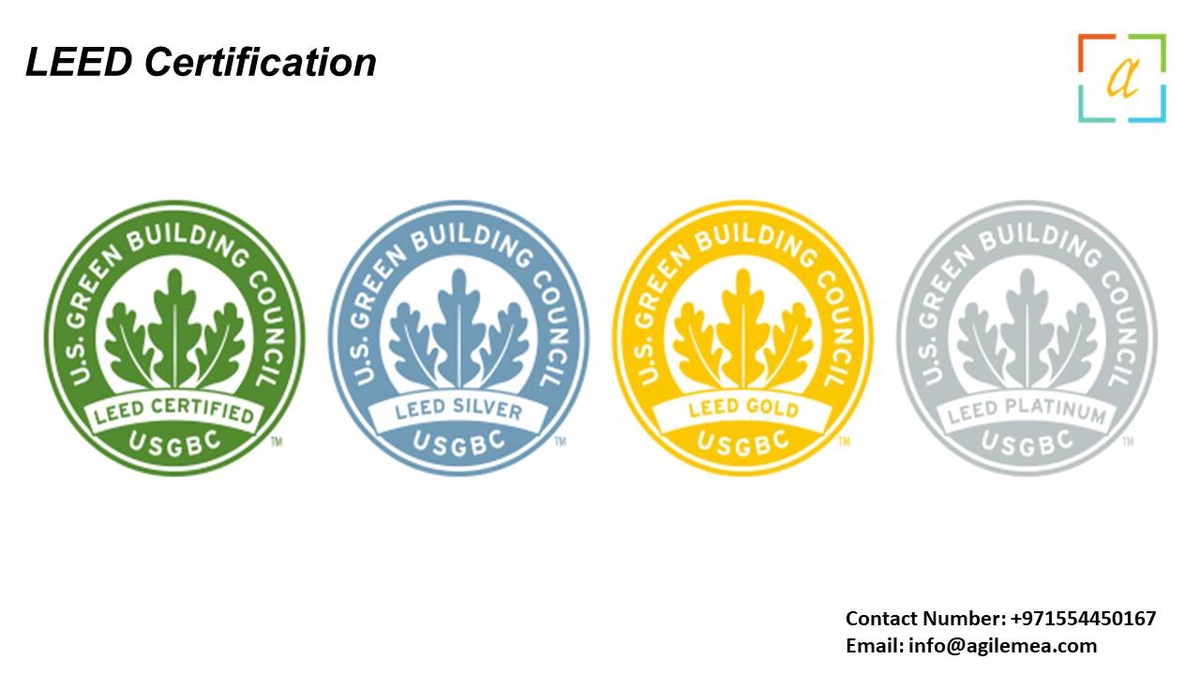Why LEED Certified Building
Buildings with LEED Certification greater sustainability are in higher demand. Property managers must comprehend and assume responsibility for the environmental performance of their facility due to the consequences of expanding ecological legislation and requests from tenants and shareholders to reduce environmental impacts.
The most effective approach to measuring and reporting your building's sustainability performance is LEED Certification.
The U.S. Green Building Council (USGBC) created LEED, or leadership in energy and environmental design, to establish standards for high-performance green building and home design, construction, maintenance, and operation.
A green building is designed, built, and operated to enhance occupant health and productivity, utilize fewer resources, reduce waste and adverse environmental consequences, and lower life cycle costs, according to LEED Certification Companies.
The LEED accreditation will improve the perception of your building and position you as a pioneer in green construction. You will be able to demand more excellent lease rates because modern consumers see sustainable buildings more favorably with the help of LEED Consultancy.
Operating green buildings is also less expensive. They produce less waste and consume less energy and water, which lowers utility expenses.
The operations and maintenance rating system by LEED Consultant will probably be what concerns you the most as a property manager.
This rating method is used for structures that have been fully operational and occupied for at least a year.
The operations and maintenance rating system's most straightforward and most affordable points to work for are:
Implementing and following a green cleaning policy
- Indoor environmental quality
- Resources and Materials
Purchasing and Using Environmentally Preferable Products and Equipment Monitoring Waste Performance
- Increasing Water Performance through Water Efficiency
LEED provides a framework for creating a comprehensive green building for Building Design and Construction (LEED BD+C), allowing you to hammer out every sustainability aspect and maximize the advantages.
Every project can benefit from LEED BD+C, which has alternatives. For unusual requirements, choose a specialty option; otherwise, utilize New Construction and Major Renovations.
- New Building and Significant Renovation. For multifamily residential buildings with four or more occupiable storeys above grade, teams employing LEED v4 may additionally use this option. It focuses on design and construction tasks for new construction and substantial upgrades of existing structures that are not primarily used for the purposes listed below.
- Shell and Core Development. For projects where the developer oversees the mechanical, electrical, plumbing, and fire protection system design and construction as a whole but not the design and construction of the tenant fit-out.
The Data Centers were constructed and explicitly outfitted to satisfy the requirements of high-density computing hardware, such as server racks, used for data processing and storage.
- Healthcare. For medical facilities that treat patients and provide acute and long-term care twenty-four hours a day, seven days a week.
- Hospitality. Dedicated to lodging establishments that offer transitory or short-term lodging, with or without food, including hotels, motels, inns, and other enterprises in the service sector.
- Retail. Focuses on the particular requirements of merchants, including anything from big box stores to restaurants, clothing, and gadgets.
- Schools. For structures on K–12 school grounds that house core and auxiliary instructional rooms. Who can use it for non-academic buildings on college campuses and higher education?
- Distribution and Warehouse Centers. For structures like self-storage used to keep items, manufactured goods, commodities, raw materials, or personal belongings.
LEED applies to pre-existing structures, including residences, communities, and urban areas.


No comments yet